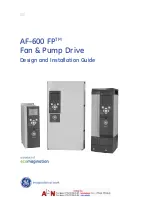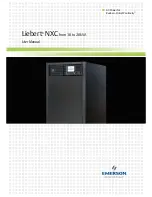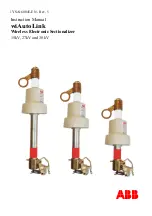
EN
24
Rittal PDU metered/metered plus/switched/managed
2
Safety instructions
– Assembly and installation of the device may only be performed by experienced, trained specialists.
– The PDU housing must not be opened.
– The PDU must not come into contact with water, aggressive or inflammable gases or vapours.
– The PDU may only be operated within the specified environmental conditions (see section 8.1).
– The PDU is connected permanently to the mains power and does
not
have a main switch for the all-
pole mains power decoupling.
– Attention: The occurrence of a high touch current is possible, because the protective-conductor cur-
rent can lie above 5 mA by summation of the protective-conductor currents of the connected units.
Consequently, the unit must always be connected to the protective-earth conductor of the building's
electrical system.
3
Product description
3.1
Functional description
The PDU is a power distribution unit for use in IT racks. There are four design variants, with the following
distinguishing features:
– PDU metered: Energy measurement at the infeed per phase, i.e. output requirement of an entire
IT rack; no switching function; with display and network interface.
– PDU metered plus: energy measurement at each individual outlet socket; no switching function; with
display and network interface.
– PDU switched: Energy measurement at the infeed per phase, i.e. output requirement of an entire
IT rack; with switching function per individual output slot, display and network interface.
– PDU managed: Energy measurement and switching function per individual output slot; with display
and network interface.
3.2
Intended use
The PDU is used, in particular, for distributing power in IT racks and is envisaged for permanent instal-
lation in IT racks. It must not be used at locations where children may be present and is envisaged for
use only in a restricted access area (e.g. lockable rack).
3.3
Operating conditions
The PDU may be operated only under the operating conditions listed in section 8 "Technical specifica-
tions".
Note:
Further safety instructions in all EU languages can be found on page 2 to 4.
















































